I am trying to plot the shaded uncertainty (upper and lower bounds) along a line. I tried using the fill function but it is including an area larger than I want. I have an upper error (black), lower error (green), and actual data line (red), like so:
How do I get the area between the green and black lines? I tried the following:
fill([date fliplr(date)], [data_Upper fliplr(data_Lower)], 'r');
But the fill function covers both line areas all the way to the bottom of the plot:
How do I fix this to only shade the area between the lower and upper error line bounds?


